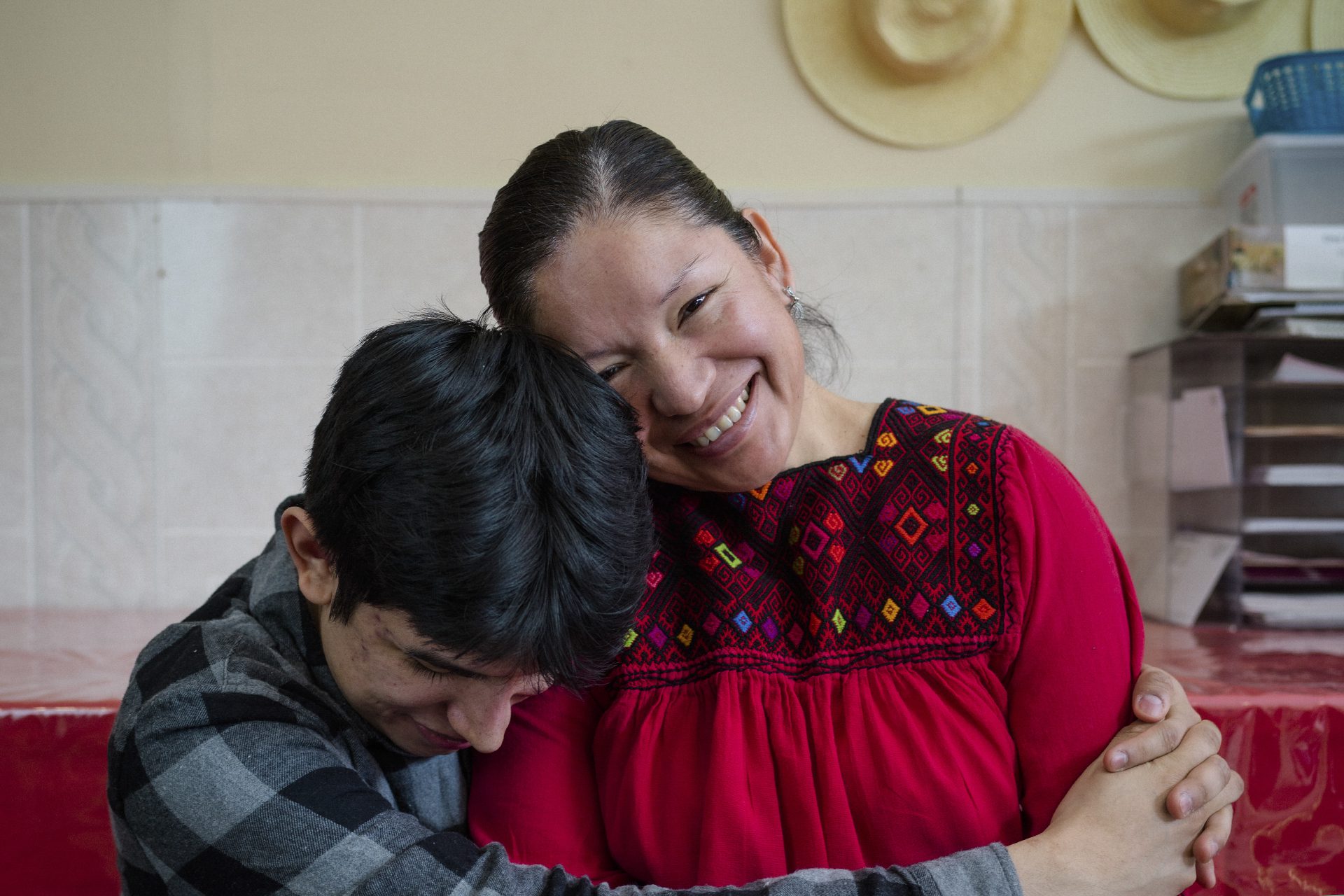 Sebastián Hidalgo para Borderless Magazine
Sebastián Hidalgo para Borderless MagazineElvira Arellano vuelve a contar la historia de cuando tomó partido para luchar por su hijo y su trabajo para proteger a los inmigrantes indocumentados.
Elvira Arellano se describe a sí misma como madre y trabajadora. Pero hace 20 años, mientras trabajaba limpiando aviones en el aeropuerto internacional de O'Hare, Arellano afirma que las fuerzas de inmigración sólo la veían como una terrorista en potencia. Atrapada en las redadas de inmigración posteriores al 11-S, Arellano fue separada de su hijo de tres años y detenida.
Un año después, un tribunal de inmigración estadounidense le concedió una suspensión de la deportación por la enfermedad de su hijo. Liberada de la custodia del ICE, se inspiró en el activismo de los miembros de la Iglesia Metodista Unida Adalberto Memorial de Chicago, que protagonizaban protestas contra las redadas de inmigración. Deseosa de dar a su hijo una vida mejor, empezó a organizar marchas con líderes religiosos y organizadores comunitarios a favor de la reforma de la inmigración.
Noticias que ponen el poder en el punto de mira y a las comunidades en el centro.
Suscríbase a nuestro boletín gratuito y reciba actualizaciones dos veces por semana.
En 2006, Arellano se encontró en el centro del acalorado discurso sobre la política de inmigración de Estados Unidos. Indocumentada y a punto de ser deportada, decidió pedir asilo y refugiarse en la iglesia. Su decisión sentó un precedente y llevó a iglesias de otros estados a acoger también a inmigrantes indocumentados.
En la actualidad, el caso de asilo de Arellano sigue pendiente. Mientras lucha por permanecer aquí, ha seguido ayudando a los inmigrantes en Estados Unidos y en México, desde hablar con políticos hasta organizar campañas de recogida de suministros durante la pandemia.
Borderless Magazine habló con Arellano sobre su fe, su decisión de solicitar asilo y lo que han significado para ella 15 años de incertidumbre.
Tras el 11-S, el gobierno federal realizó redadas en los domicilios y lugares de trabajo de los inmigrantes para encontrar a posibles terroristas. Después fueron a los aeropuertos. Me detuvieron el 10 de diciembre de 2002 por cargos relacionados con el uso de una tarjeta falsa de la Seguridad Social en un lugar de trabajo federal. El ICE vino a mi casa y llamó a la puerta, preguntándome si llevaba armas. Les dije que no entraran. No soy una terrorista. Era una trabajadora, una madre; lo único que hacía era trabajar para sobrevivir en este país con mi hijo. Entonces me detuvieron. Pero mi hijo de tres años no pudo venir conmigo.
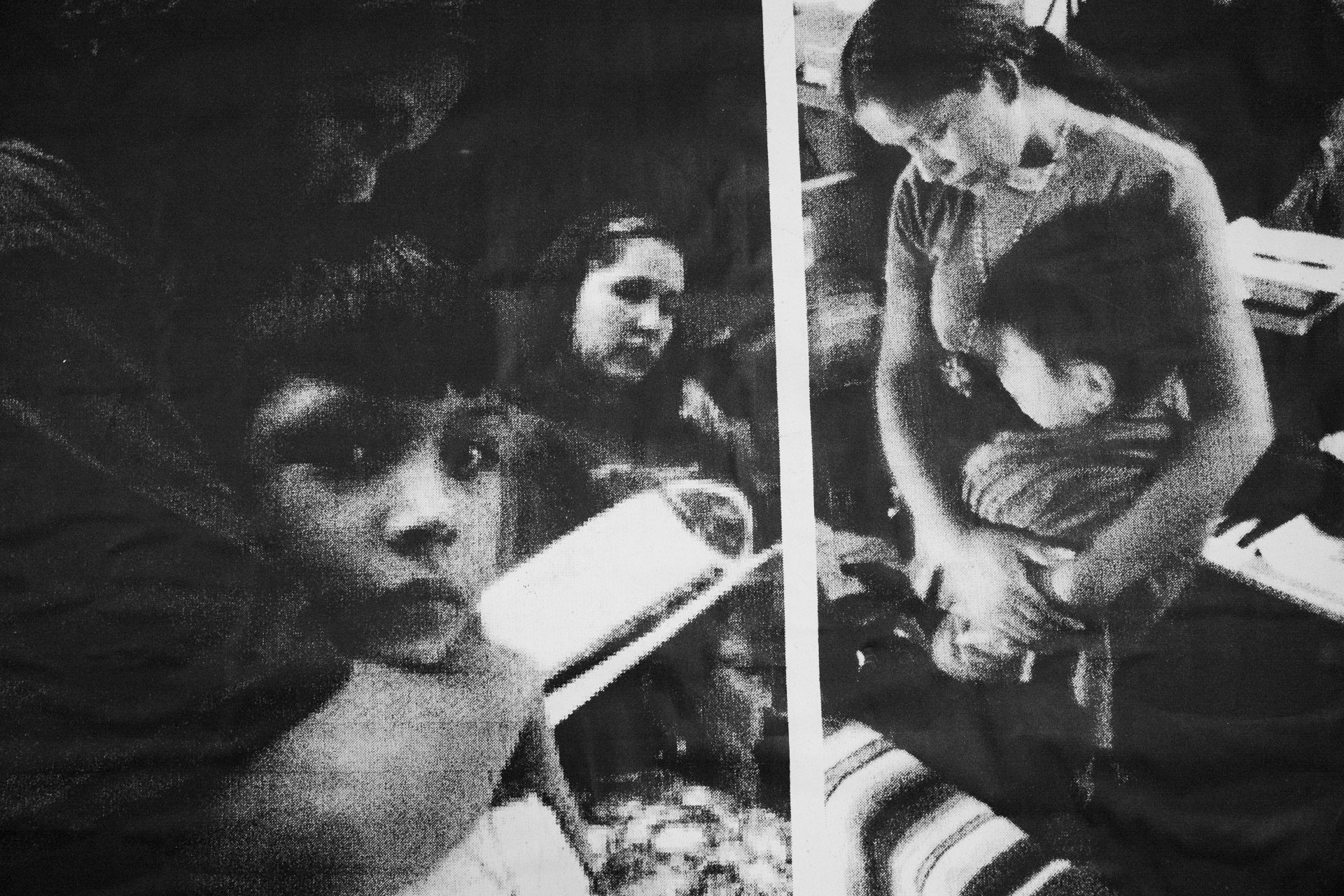
Mientras el ICE me procesaba, vi a más personas detenidas. Vi a un amigo del trabajo. Él era de Guatemala y su mujer también. Conocí a su hijo. En mi cabeza -como ellos- ya estaba haciendo grandes planes para mi hijo y para mí. Con lo poco que había ahorrado en mi cuenta bancaria, me dije que si me deportaban, compraría un billete de avión a México y viviría con mi hijo. Pero cuando me detuvieron, se me cerró el mundo porque no estaba segura de si sobreviviría en México. ¿Dónde trabajaría, sobre todo teniendo a mi hijo pequeño?
Me soltaron unos días después y los funcionarios de inmigración me asignaron un abogado federal. Los organizadores empezaron a llamarme para que fuera a protestas. Conocí a la Coalición de Derechos de Inmigrantes y Refugiados de Illinois y a miembros de la iglesia Adalberto, incluida mi pastora Emma Lozano. Su organización se llamaba Centro Sin Fronteras; todos eran puertorriqueños. Celebraron una rueda de prensa en O'Hare para protestar por mi detención. Los medios de comunicación se enteraron de mi caso, y recuerdo que le dije a la prensa que yo era una madre que quería que mi hijo tuviera éxito en la vida.
Más información
Más tarde, los miembros de la iglesia me invitaron a asistir a su misa dominical. Me alegró ver cómo celebraban durante el oficio y cómo hablaban de la importancia de la familia y la lucha. Siempre había un programa para la semana siguiente sobre protestas o concentraciones para defender a las familias inmigrantes y a los trabajadores contra la deportación. Empecé a acudir a la iglesia más a menudo, y eso me llevó a ser miembro de la iglesia durante más de 15 años. Más tarde empezaría a organizar marchas con otras personas que compartían una lucha similar.
Recuerdo que en 2006 le dije a uno de mis pastores que quería refugiarme en la iglesia. Quería luchar más por mis derechos y no quería que me deportaran. No sabíamos lo que iba a pasar. Ese año me condenaron a tres años de libertad condicional y tuve que presentarme ante un tribunal de inmigración para que me deportaran. En cualquier momento podían llegar las autoridades de inmigración y detenerme.
La comunidad puertorriqueña fue una de las más importantes que me ayudó durante ese tiempo. Todos ellos, incluidos los jóvenes, vinieron a la iglesia para protegerme. Siempre había una persona fuera vigilando la entrada de la iglesia. El momento más impactante para mí fue cuando esa persona levantó la bandera puertorriqueña como símbolo de la resistencia y la lucha.
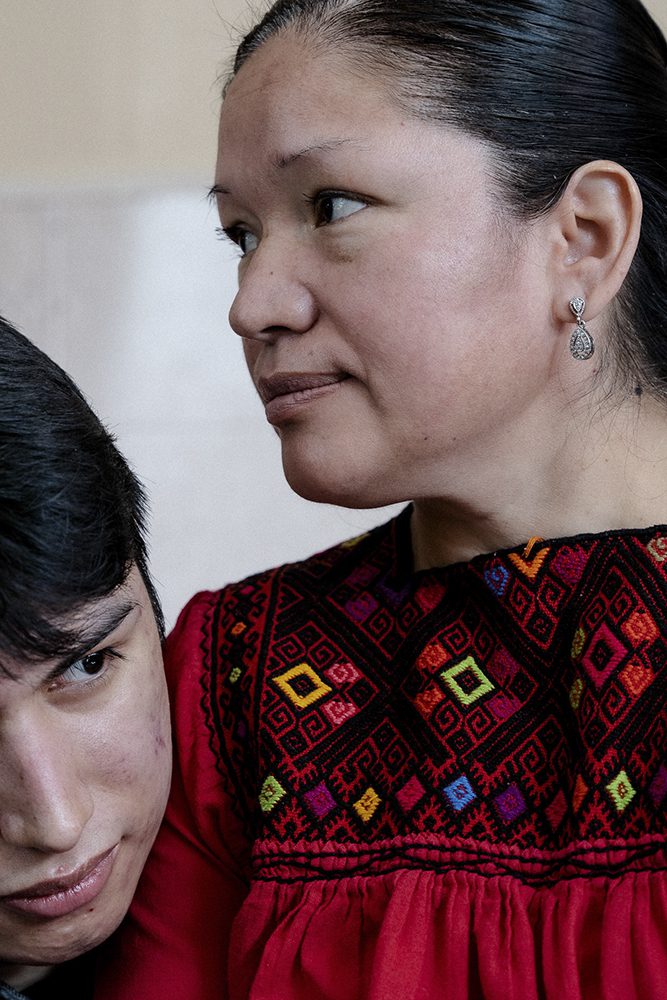
Mi fe crecía cada día. Después de un año de permanecer en la iglesia, decidí marcharme. Me dije que había llegado el momento de luchar por la justicia fuera de Chicago. Fui a California, donde tres iglesias se habían declarado públicamente iglesias santuario para inmigrantes indocumentados. Fui a visitar a los inmigrantes que se alojaban en la Iglesia de Nuestra Señora Reina de los Ángeles. Era alrededor de la 1 p.m. cuando los oficiales de inmigración me arrestaron.... Y a las 10 de la noche me deportaron de vuelta a Tijuana.
En México, los reclutadores de empleo no me aceptaban para ningún trabajo porque decían que yo era Elvira Arellano, la activista. Decían: "No, no la queremos aquí porque va a reunir a trabajadores para que se unan a sus protestas". Me despidieron por mi activismo. Ya no tenía derecho a trabajar. No terminé el bachillerato en México y no have un documento que decía que tenía las aptitudes para trabajar en esos empleos. Así que decidí volver y me licencié.
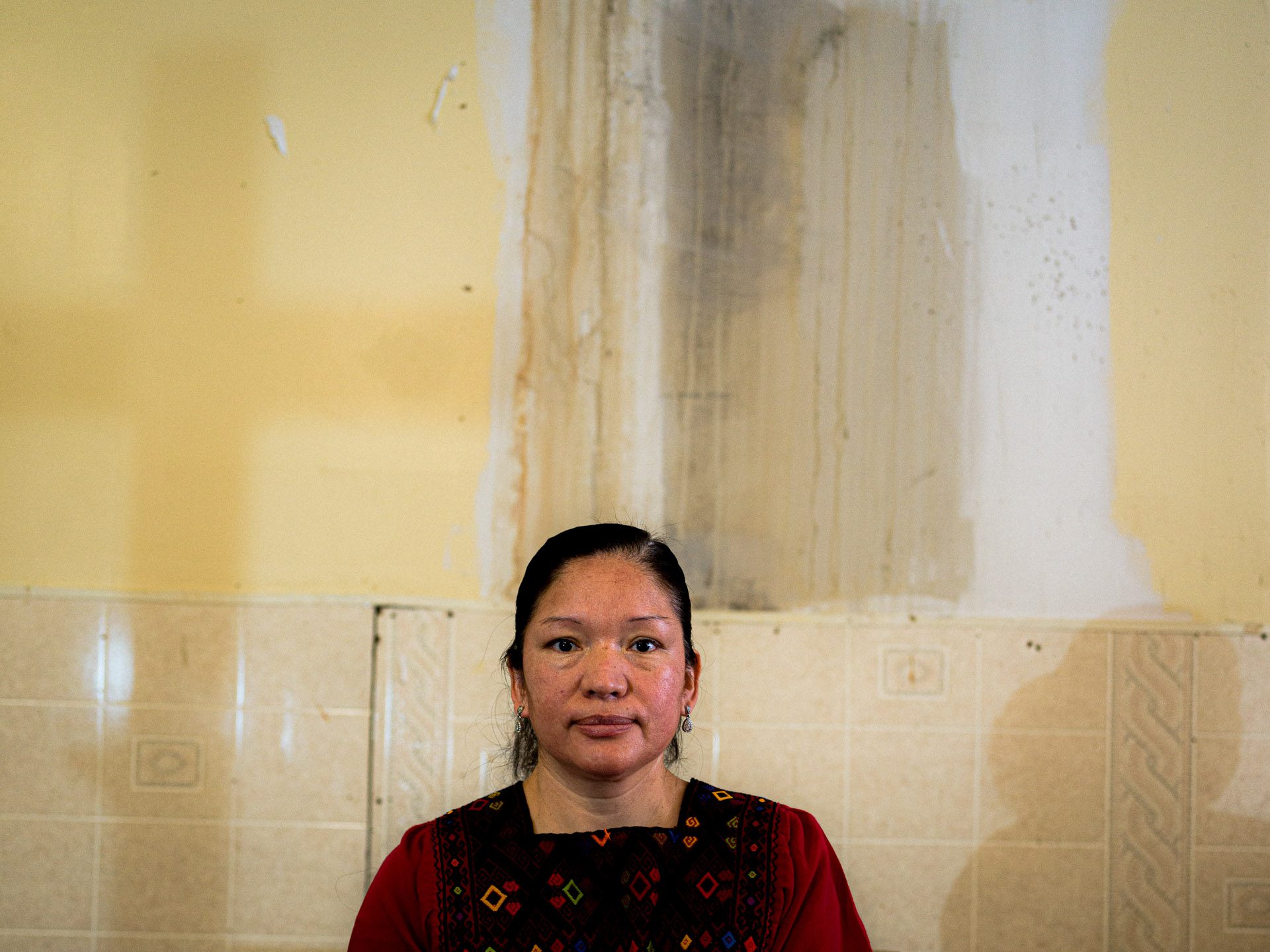
En México, siempre iba a las protestas. Luchaba por los derechos de los inmigrantes y migrantes centroamericanos. Iba con otros a la embajada de Estados Unidos para pedir la reforma de la inmigración en Arizona. Cuando se aprobó la SB-1070, estuvimos allí para manifestarnos.
Después de más de siete años, decidí volver a EE.UU. Crucé la frontera. No pensé que podría venir a Estados Unidos, pero aquí estoy. Mantengo a mi hijo para que pueda tener una buena educación. Casi ha terminado la universidad. Cuando asistí a su graduación del instituto, lloré porque nunca pensé que fuera a graduarse en Estados Unidos.
Mi postura no ha cambiado en cuanto a hacer justicia a las familias indocumentadas. Aquí en Estados Unidos, por desgracia, los inmigrantes indocumentados nos hemos convertido en una herramienta política más. Los republicanos nos utilizan para causar miedo entre sus partidarios diciendo: "¡Mirad! Están invadiendo nuestro país!".
Estamos cansados de oír tantas mentiras sobre nosotros. No se debería hablar de nuestras vidas como si fueran partidos de fútbol. Se trata de una cuestión humanista.
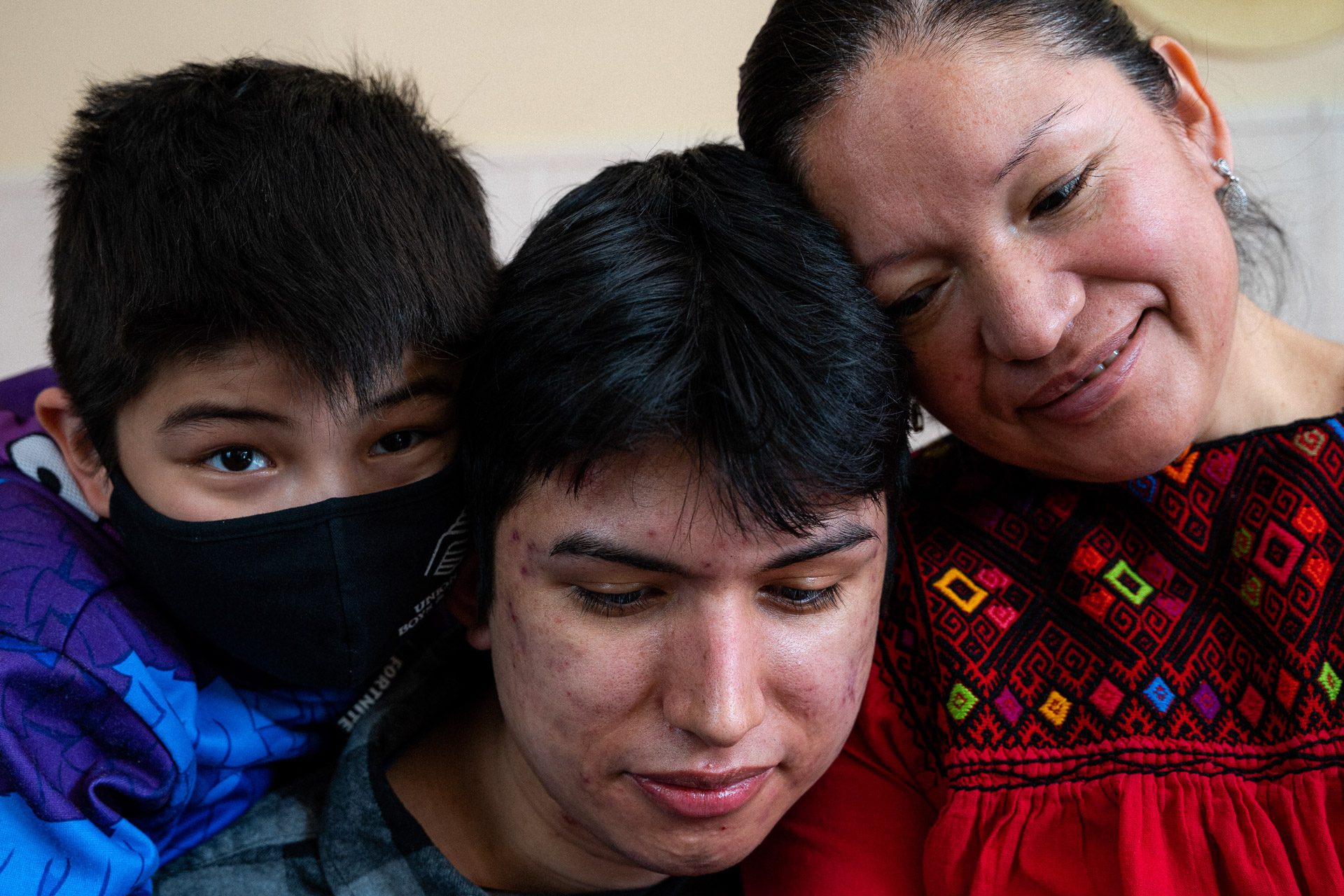
El año pasado, mi cita con el tribunal fue cancelada debido a la pandemia. Por ahora no hay una fecha próxima. Es posible que pierda. También es posible que el juez tenga poder discrecional sobre mi caso y me deje quedarme en Estados Unidos.
Ahora mismo, tengo el privilegio de tener mi permiso de trabajo y pude recibir un cheque de estímulo. Pero muchas familias no pudieron recibir el cheque de estímulo porque no tenían tarjeta de la seguridad social.
Tenemos que seguir luchando por todos los inmigrantes indocumentados. Dejo el trabajo durante muchas semanas para participar en concentraciones y protestas en Washington y otros lugares, para concentrarme ante los despachos del Congreso y el Senado para que luchen por nosotros. Existe la posibilidad de dar estatus legal a 7 millones de inmigrantes indocumentados. Imagínense el día en que podamos viajar libremente y ver a nuestras familias. Sería un sueño hecho realidad.

